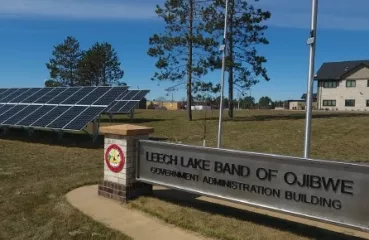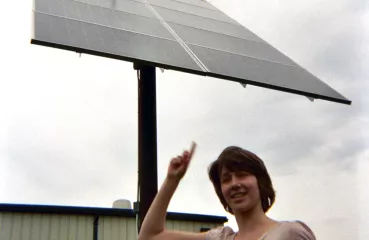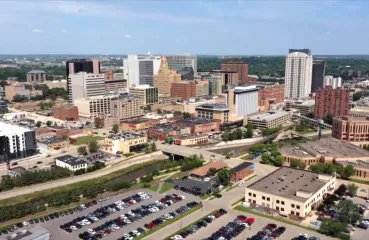If you’re going to plan around climate resiliency, you’ve got to have the community involved in the process!
We talked with Jodi Slick, founder and CEO of Ecolibrium3, about how they coordinated with multiple environmental and community groups during a pandemic to develop phase 1 of Duluth Citizen’s Climate Action Plan, a Northeast CERT seed grant project.





